Self (and other) Portraits
We will have looked at literary sources for insights into the changing conceptions of the self and its relationship to the world, but these textual sources need to be set aside a range of other representations of self and authenticity in this period. One major dimension for this is the world of art, particularly portraiture, and perhaps especially self-portraits.
We will examine a range of male and female artists from the period and discuss the ways in which representations change over the period, partly as a function of how people want to represent themselves, and partly as ideas of certain distinctive romantic qualities, such as genius, come to be portrayed.
Class task:
Each pair of students (allocated in the previous week's class) should identify 4 portraits from between 1600 and 1850 - ideally 2 self-portraits and 2 of others - and come prepared to talk about differences and similarities, about the manner of representation, and the types of self-and other-fashioning that you think is going on in the different portraits.
One possible resource that you may wish to use to identify images is the database ARTstor (like Jstor, but for art!). The university library has a subscription - it's avaliable here http://0-library.artstor.org.pugwash.lib.warwick.ac.uk/#/home (or by typing ARTstor into the library catalogue and following the link).
Please send me copies of the portraits as e-mail attachments by 12pm the day before your class - or bring copies to class on a memory stick!
Angelica Kauffmann
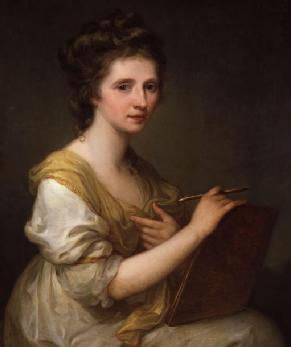 Elisabeth-Louise Vigee-LeBrun
Elisabeth-Louise Vigee-LeBrun 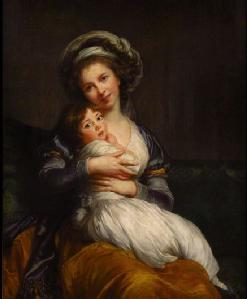
Hazlitt self-portrait 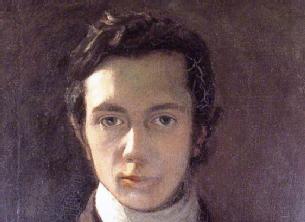
Jacques Louis David,
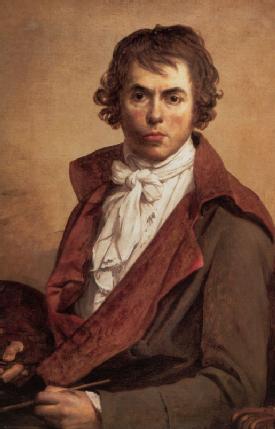 Henry Fuseli
Henry Fuseli 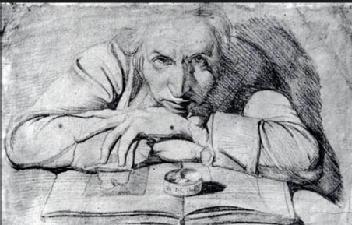
Suggested Secondary Reading:
See Mary D Sheriff, The Exceptional Woman (1996) (avaliable at ND553 V35)
Frances Borzello, Seeing Ourselves: Women in Self Portraits (1998) (avaliable at N8354 B6)
James Hall, The Self-Portrait: a cultural history (2014) (avaliable at N 7618.H35)
